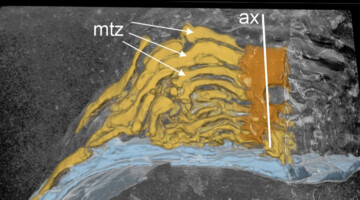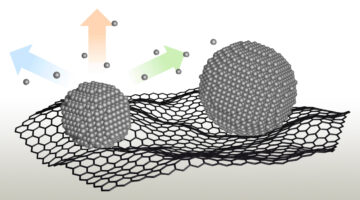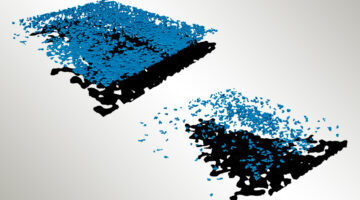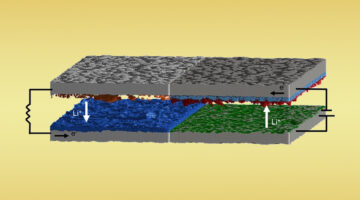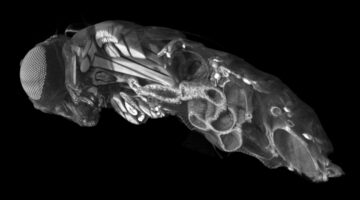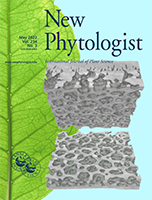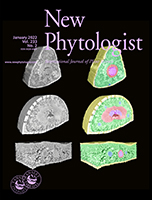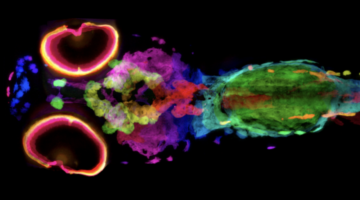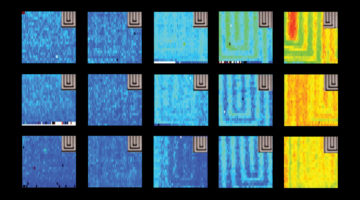Researchers scanned newly discovered kelp fossils using x-ray tomography at the ALS. The images provided morphological information about the ancient kelp and, along with isotopic analyses, provided insights into the evolutionary history of northeastern Pacific Ocean kelp forests, which flourished more than 32 million years ago. Read more »
Tracking Platinum Movement on Fuel-Cell Electrodes
Researchers tracked the movement of the platinum nanoparticles that catalyze reactions in polymer electrolyte fuel cells (PEFCs) and correlated this movement with nanoparticle degradation. The results yielded solutions that can immediately reduce platinum waste in emission-free heavy-duty fuel-cell vehicles. Read more »![]()
![]()
Why Do Batteries Sometimes Catch Fire and Explode?
In order to better understand how a resting battery might undergo thermal runaway after fast charging, scientists are using a technique called “operando x-ray microtomography” to measure changes in the state of charge at the particle level inside a lithium-ion battery after it’s been charged. Read more »
Internal Currents in Lithium Batteries after Fast Charging
In lithium batteries after fast charging, researchers measured the persistence of internal currents and found that large local currents continue even after charging has stopped. The work uses hard x-ray 3D imaging in a novel way and sheds light on the causes of thermal runaway and the catastrophic failure of lithium batteries at rest. Read more »![]()
![]()
A Deep-Learning Analysis of Lithium-Plating Dynamics in Batteries
Lithium-metal solid-state batteries are a promising technology, but the deposition (plating) of lithium metal on electrode surfaces remains a significant technical hurdle. Here, researchers used micro-computed tomography data to train an artificial intelligence model to identify characteristics vital to improving battery performance. Read more »![]()
In Fruit-Fly Gut, Bacterial Niche Gets Remodeled for New Arrivals
Researchers found that fruit flies have a specialized niche in their digestive tracts that selects, maintains, and controls bacteria that benefit the fly. Colonization by one type of bacteria physically remodels the niche, promoting secondary colonization by unrelated bacteria. The results will help dissect the mechanisms of host-microbe symbiosis. Read more »
Structural organization of the spongy mesophyll
Many leaves have two layers of photosynthetic tissue: the palisade and spongy mesophyll. The latter is not well characterized and often treated as a random assemblage of irregularly shaped cells. These results show that simple principles may govern the organization and scaling of the spongy mesophyll in many plants and demonstrate the presence of structural patterns associated with leaf function. Read more »
The three-dimensional construction of leaves is coordinated with water use efficiency in conifers
3D anatomical views of conifer leaves with diverse morphologies, generated using synchrotron microCT imaging (colors show different segmented tissues). Top–bottom: Pinus monticola, P. pungens, and Wollemia nobilis. Image courtesy of Santiago Trueba. Read more »
New Technique Visualizes Every Pigment Cell of Zebrafish in 3D
Researchers developed a new technique that uses x-ray microtomography and silver staining to image every pigment cell of a whole zebrafish in 3D. The method could be used to learn more about the 3D architecture of melanoma tumors and potentially guide treatment decisions. Read more »
Strategies for Reducing Platinum Waste in Fuel Cells
Industry and university researchers used the ALS to explore why the platinum used as a catalyst in hydrogen fuel cells degrades unevenly. The resulting knowledge has enabled the development of simple, effective strategies to reduce the waste of precious catalyst material, lowering the costs associated with a promising green technology. Read more »![]()
![]()
- 1
- 2
- 3
- …
- 5
- Next Page »
